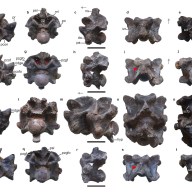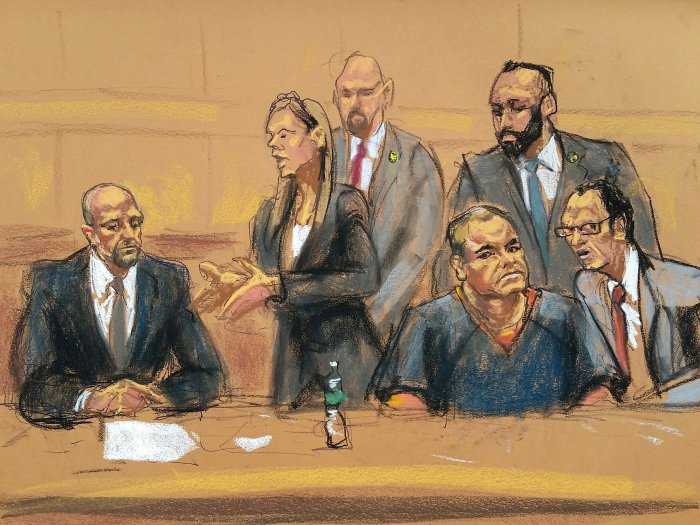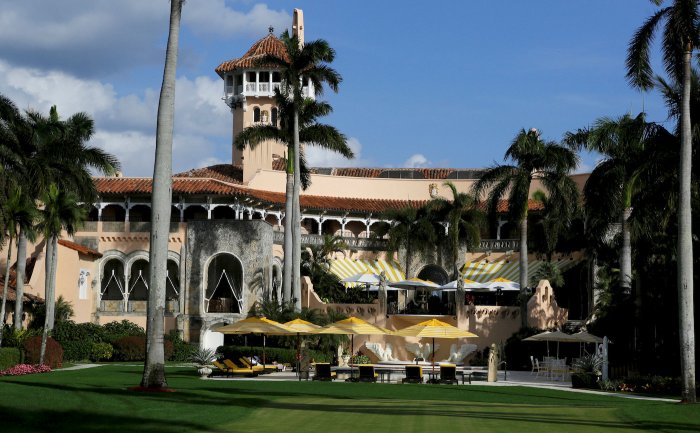By Gertrude Chavez-Dreyfuss
NEW YORK (Reuters) – Endowments at New York City’s elite private day schools are flourishing, thanks to wealthy donors and portfolios that have benefited from the U.S. stock market rally and investment in alternative assets such as hedge funds. Many students of well-known private schools in the New York area have parents in the finance business. The concentration of wealth means that endowments of private schools in the city are far outpacing growth of other schools in the United States, data from the National Association of Independent Schools (NAIS) showed. For fiscal year 2014-2015, New York day schools’ median endowment was $51,449 per student, up 47 percent from eight years ago, and more than 300 percent higher than the national average of just $12,750, according to NAIS data. Data shows that New York schools’ investment income has increased over the years, with the top institutions moving heavily into hedge funds and other alternative investments, according to “990” regulatory filings with the Internal Revenue Service. The latest filings for most schools covered the 2012-2013 fiscal year. “They have shown endowment success that would compare well with many of the nation’s private colleges,” said Walter Dillingham, managing director in the endowments and foundations practice at Wilmington Trust in New York, which manages $17 billion in non-profit assets. Endowments at New York’s private schools are starting to garner attention because their strategies and growth are often compared with their bigger and more moneyed counterparts in colleges and universities. New York private school endowments are not as large, but if they get bigger they could invite more scrutiny, especially in the face of escalating tuition costs. Capital giving at these schools has also grown significantly. The median capital giving per student surged 72 percent to $3,197 in the 2014-2-15 fiscal year from $1,859 four years ago. That’s more than double the national median. Of the top 12 New York schools with the largest investment portfolios, at least eight have investments in alternatives of 40 percent or more.
The strategy mirrors that of colleges and universities. A joint study from non-profit think tank Commonfund Institute and the National Association of College and University Business Officers showed U.S. college endowments allocated an average of 51 percent to alternative strategies in 2014. Not all private day schools have reached that level, but some are deep into alternative strategies.
Nightingale-Bamford School, an all-girls school on the Upper East Side of Manhattan had about $60 million invested in limited partnerships in 2013, equivalent to more than 85 percent of its nearly $70 million endowment, the school’s 990 filings showed. The Brearley School, another top all-girls school on the Upper East Side, had 60 percent allocated to hedge funds and private equity out of its investment portfolio of about $130 million, according to 990 filings and Wilmington Trust research. Both Nightingale and Brearley did not respond to Reuters’ requests for interviews about their endowments.
New York private schools’ median income from investments grew more than 70 percent to $1,041 per student in the 2014-2015 period from $602 four years ago, NAIS data showed. Their investment income was double that of the national median, which was $519 per student. Saint David’s School, an all-boys school on the Upper East Side of Manhattan, saw its endowment grow to more than $60 million in 2014, according to the school’s 990 form, compared with 2002, when it was just $11 million. The endowment is invested 70 percent in stocks and 30 percent in fixed income securities; in 2014, Saint David’s endowment returned nearly 18 percent, according to Reuters calculations confirmed by the school. “The stock market has been beneficial for our endowment,” said Jack Sproule, director of finance at Saint David’s. “Because we were well-invested, we weren’t badly hurt by the financial crisis of 2008.” The average return for other U.S. independent schools was 14.2 percent in 2014 and 11.7 percent in 2013, a joint study by Commonfund and the National Business Officers Association showed.
“That return is very respectable, particularly since most independent schools don’t have the resources that most colleges and universities have in terms of investment offices,” said Bill Jarvis, managing director of Commonfund in Wilton, Connecticut. (Reporting by Gertrude Chavez-Dreyfuss; Editing by David Gaffen and Leslie Adler)

















